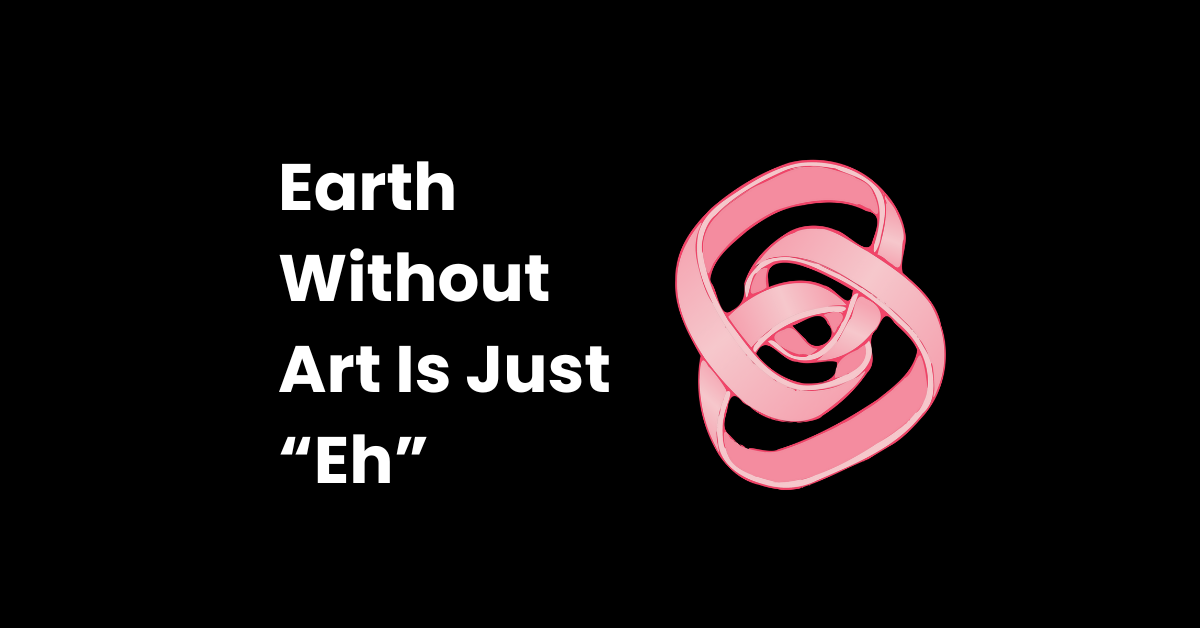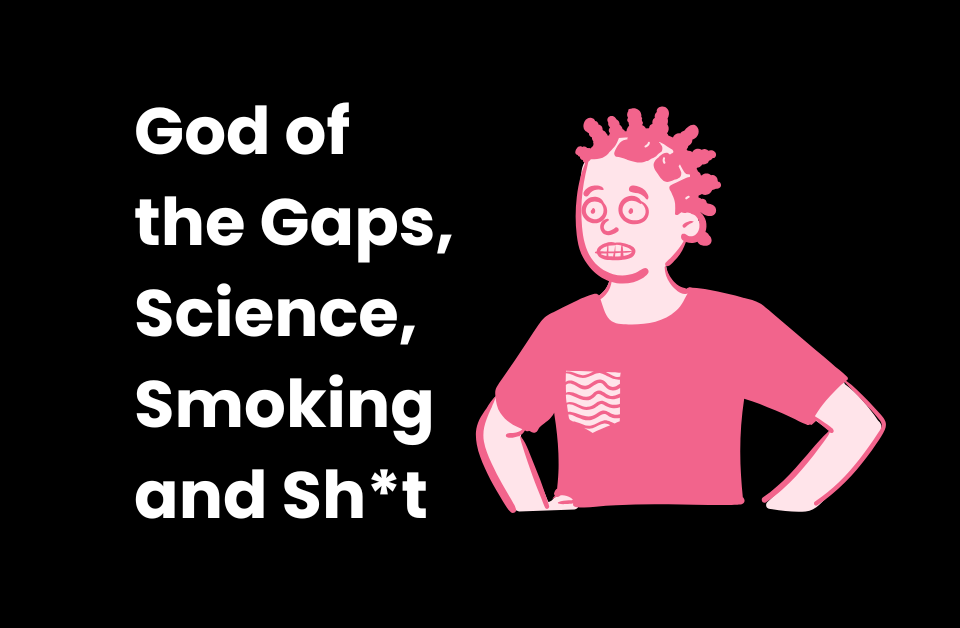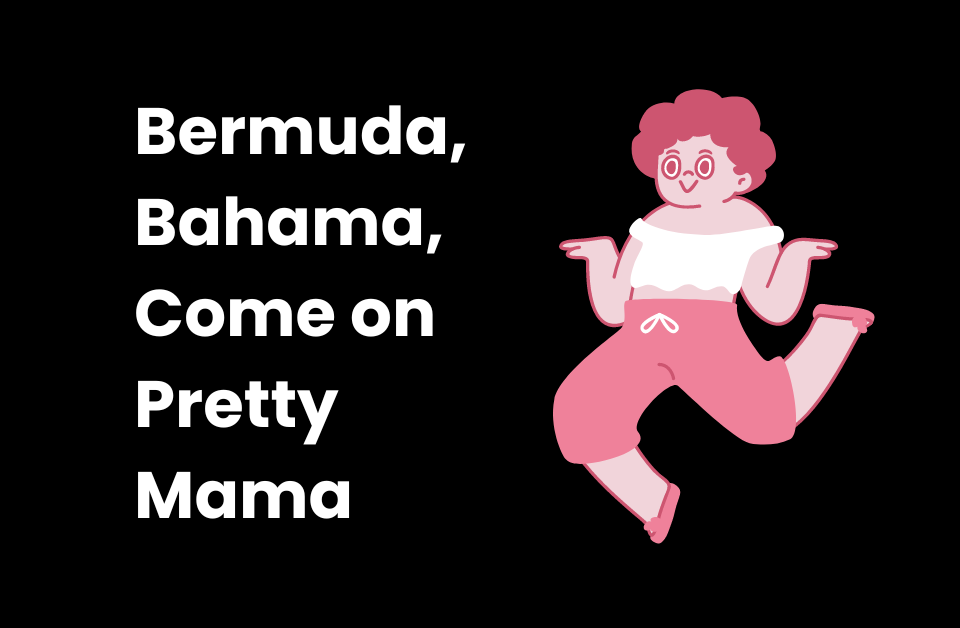
Vibing with Coworkers
September 20, 2024
God of the Gaps
December 9, 2024Let’s play with an idea: what would life look like without art? It sounds almost abstract, like imagining air without oxygen, or food without taste. But really think about it. A world with zero art, no creativity in expression, no music to set the mood, no films or stories that take us out of ourselves or back to ourselves, no colors or designs beyond what’s purely functional. Buildings would just be boxes to live in, clothes just fabric stitched to keep us warm.
Life without art is like life in grayscale—functional, maybe even survivable, but hollow.
So, why do we need art? Why is it more than just decoration? Why is it, in a quiet but undeniable way, our salvation?
Living on Eh
Imagine cities without architecture that say something about the people who live there. The buildings are there, of course, but they’re stripped down to the most basic utility. They don’t inspire or tell stories about who we are.
Think of your living space without personal photos, artwork, or color—just blank walls and necessary items. Music isn’t a thing because, well, who needs it when silence does the job? Words are efficient, and only what’s absolutely necessary to get ideas across gets said.
Doesn’t it start to feel lonely? Drained of warmth? Life without art is like life on autopilot: functional, but without layers. And the truth is, we humans crave layers. We crave stories, emotion, color, sound—things that remind us we’re part of something bigger, that our experiences are shared, that we’re not alone.
Art Is a Bridge
The first thing art does for us—whether it’s a painting, a song, or a well-told story—is to create a bridge. When you’re reading a book, watching a movie, or listening to someone sing, you’re stepping into another’s experience. You’re feeling what they feel, seeing the world through their eyes, if only for a moment. That brief switch from “me” to “you” or even “us” generates empathy, which is the glue that binds us together as humans.
Without art, those empathy-building moments would be rare. Sure, we can experience empathy in real life, but art gives us a kind of fast pass. Art is where someone else’s experience, even if totally different from ours, becomes close, relatable. It’s why watching a movie about someone you’d never meet in real life, living a life completely foreign to yours, can still make you cry. Art tells us: “Hey, we’re all human here.”
Art’s Unexpected Side-Effect
Art doesn’t just show us others; it’s also a mirror, often more accurate than what we’d like to see. Whether it’s listening to a song that puts words to what you’re feeling, or watching a film that makes you question the choices you’ve made, art nudges us into self-reflection. It makes us pause, look inward, and ask questions we’d usually avoid. Am I living authentically? What do I really want? What am I avoiding?
Think about it—people often seek out music when they’re heartbroken, watch movies to distract themselves, or write journals to untangle thoughts. It’s like we turn to art to better understand ourselves, or at least to cope with the messiness of being human. It’s not always comfortable, but art helps us face the parts of ourselves that we might otherwise ignore.
Art as a Catalyst for Change
Art’s impact isn’t limited to personal growth; it’s also a fire-starter for societal change. Throughout history, art has challenged norms, questioned authority, and spotlighted injustices. Take music in the 60s, which fueled the civil rights movement, or modern street art, which calls out corruption and inequality. Art becomes the megaphone when people need a voice. It transforms frustration and hope into something visible, something that’s hard to ignore.
Without art, movements lose a powerful ally. The messages that spark revolutions, that bring about change, often start as expressions of raw emotion—a song, a poem, a mural. Art says what many are thinking but can’t say out loud, making it possible to shift public opinion and inspire collective action.
Art and Inner Resilience
Imagine you’re having a hard day. You feel heavy, maybe even defeated. Then you hear a song that somehow, against all odds, lifts you up. Art has a funny way of doing that. It’s a source of comfort, a way to process emotions that feel too big to handle alone. In times of crisis, people don’t just turn to practical solutions; they turn to art because art helps us feel less alone in our pain.
In the most challenging times, art gives us a place to let those emotions out. It’s why people write, paint, dance, even when no one else is watching. It’s cathartic, a release, a way to let go of what we can’t put into words. Art lets us find strength we didn’t know we had, resilience in the face of hardship, and hope when things look bleak.
Art is More Than a Luxury
Art isn’t just the fancy paintings in galleries or the songs on our playlists. It’s woven into the human experience. It’s the way we tell stories, express love, remember the past, and envision the future. Without art, life is just survival; with art, life feels lived. We don’t just move from one task to another—we experience, we reflect, we grow.
Yes, Art in Business
Art in business? Oh, it’s the unexpected magic ingredient! Apple’s sleek designs don’t just look cool; they make your phone feel like it’s whispering, “I’m here to make your life fabulous.” And Starbucks? That’s not just a coffee shop; it’s a vibe factory, wrapping you in a cozy hug of ambiance and indie music while you sip your latte.
But art isn’t just about pretty stuff—it’s the innovation fuel that keeps things fresh. Companies like Google and Airbnb let their teams color outside the lines, and voila, the outcome is the next big idea! So, yeah, art in business isn’t just a nice-to-have; it’s what gives brands their sparkle and keeps us all coming back for more.
So, Art…
So, why is art humanity’s salvation? Because it reminds us of our humanity, our shared experiences, our individual struggles, and our collective dreams. It takes us out of ourselves and returns us to ourselves, transformed.
Art doesn’t just make life prettier; it makes life richer, deeper, more bearable. It’s the mirror, the bridge, the lifeline. And in a world as complex and challenging as ours, maybe that’s the closest thing we have to salvation.





